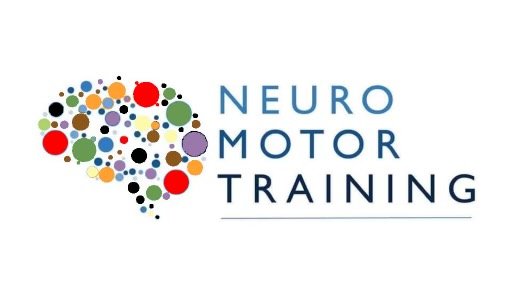Parkinson's Regeneration Training: Neuropsychomotor Rehabilitation: an integrated and fitness-based approach to improving movement and cognition
While Parkinson’s Disease (PD) can be debilitating, there is plenty of compelling data to show that exercise is one of the best ways of managing PD symptoms and slowing disease progression.
Studies show that regular exercise can improve cognition, dual-tasking abilities, mobility, balance, stability, agility, strength, and motor control for a person living with PD. In addition, this improvement in movement and mobility helps to reduce falls, injuries, and various other complications of the disease.
In this book, you will learn and gain a solid understanding of:· What is Parkinson’s Disease (PD)?
Who gets Parkinson’s Disease?
What are the symptoms of PD?
How does PD affect strength, movement, mobility, stability, flexibility, cognitive function, posture, and overall functionality?
What can people with PD be doing to manage disease symptoms and reduce or eliminate falls and injury?
How can caregivers, home health aides, and others to help the person with PD?
What assessments and programming can we use help people with PD?
Learn how the brain can be retrained to improve and help restore neuro-muscular communication, cognitive function, and cognitive function during movement. Learn optimal exercises that will help the person with PD to improve:
Dual-tasking/Multi-tasking
Cognition
Stability
Balance
Agility
Strength
Flexibility
Grip
Gait
Posture
Mobility and movement
Overall functionality and quality of life


